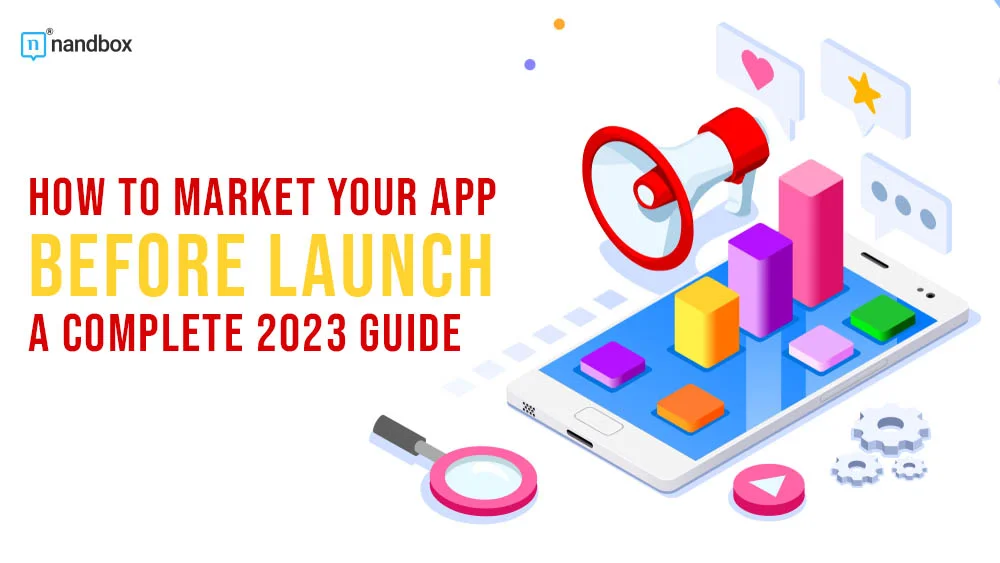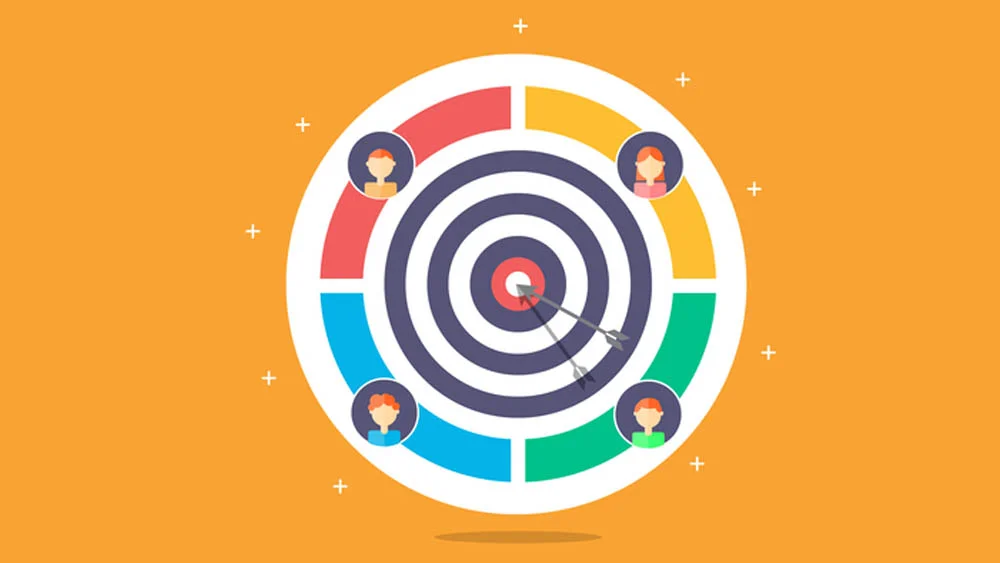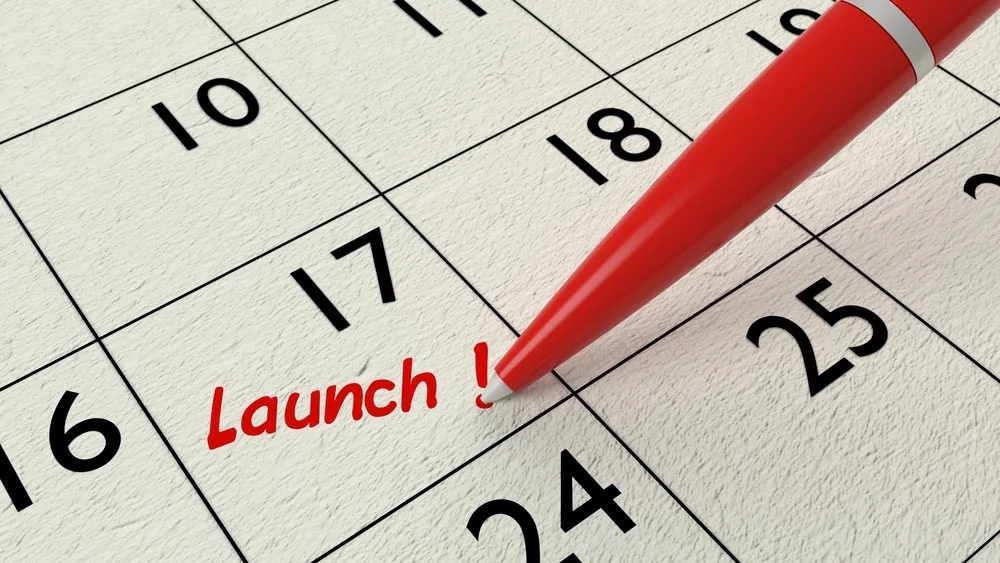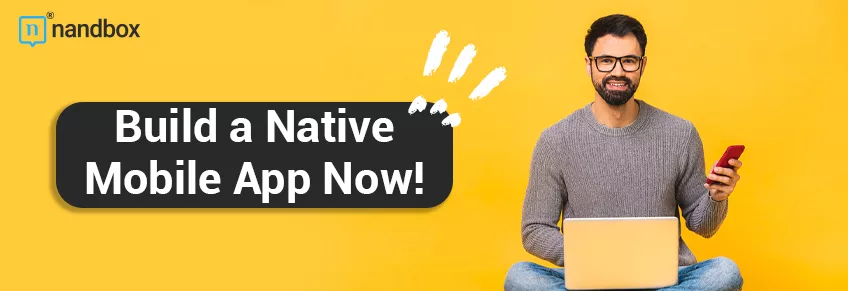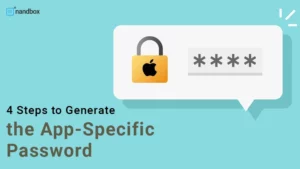Launching an app can be an exciting and nerve-wracking experience. However it’s important to remember that marketing is key to its success. In this complete guide, we’ll show you how to effectively market your app before launching. Our guide includes tips on creating a strong brand, building a social media presence, and reaching out to potential users. Don’t wait until the last minute to start marketing; get started today!
Mobile app marketing covers every user interaction with your mobile app. From when they first discover or get to know it to when they start using it frequently. Effective mobile app marketing requires identifying a target audience. In addition to knowing how to contact them, interacting with them, and monitoring their in-app activity to make ongoing improvements as users move through the acquisition channel.
A mobile app marketing strategy’s main goal should be to draw users. The ones who will not only promote frequent contact but also become loyal brand ambassadors. The actions you must be taking to adhere to a solid marketing plan for the launch of your app are listed below.
The Stage of Awareness, or Pre-launch
Before your app is released, a mobile app marketing strategy goes through the awareness stage. Building brand recognition and increasing product visibility are the goals of this stage. How specifically will your intended users find your mobile application? It’s crucial to have a solid grasp of your app’s advertising and positioning before starting the awareness stage. Customers are more likely to connect with a brand because of its values and mission than because of specific product qualities. Users have the ability to connect more deeply with your product when you define your brand position. The actions and tactics you should use during the awareness phase of your marketing campaign are listed below.
Establish Buyer Personas and Your Target Audience
Before you start marketing your app, it’s important to define your target audience and create buyer personas. This will help you understand who your app is for. In addition to understanding what your target audience’s needs and preferences are. To create buyer personas, consider factors such as age, gender, location, interests, and behaviors. You can also conduct surveys, online polls, or interviews with potential users to gather more information. Your marketing efforts can be tailored to better reach your target demographic after you have a firm grasp of who they are. This is a crucial step when it comes to marketing your app, as it will help you build a solid marketing strategy based on the market’s needs.
Set a Release Date for Your App
This is a step that people or organizations tend to ignore or deem unimportant. However, it is a crucial step that should be taken. That is because it allows you to walk by a certain timeline, which will help you plan better for your app. Put into consideration the publishing process through both Apple’s App Store and Google’s Play Store. Apple has a more stringent review procedure than Google, which could cause a delay in your release or lead to an unexpected setback. Planning well in advance will give you plenty of time to get ready for the hard launch of your product and will enable you to anticipate any unforeseen events.
Important tip: Consider local activities that could potentially overshadow the debut of your app when choosing the day for it to go live or to launch it.
Execute Market Research to Comprehend Your Rivals and Market Trends
Before launching your app, it’s important to conduct market research to understand your competition and industry trends. This will help you identify gaps in the market and opportunities to differentiate your app from others. Look at similar apps in your category and analyze their features, pricing, and marketing strategies. You can also use tools like Google Trends and App Annie to track industry trends. Moreover, leverage web scraping through a curl command to carefully gather specific public data sets that complement your industry trend research. This will help you see what’s popular among general app users. By understanding your competition and industry trends, you can make informed decisions about your app’s positioning and marketing strategy.
Important tip: Discover and investigate the most popular blogs, groups, forums, websites, and social media influencers that your target audience frequents. You can reach and attract users with the aid of these channels.
Create a Powerful Brand Identity and Messaging Plan
A strong brand identity and messaging strategy are crucial for effectively marketing your app before launch. Your brand identity should reflect your app’s unique value proposition. Moreover, it should reach the specified target audience that you will set. This includes choosing a name, logo, and color scheme that align with your app’s purpose and appeal to your target audience. Your messaging strategy should clearly communicate the benefits of your app and why users should choose it over competitors. This includes crafting a compelling elevator pitch, creating a tagline, and developing key messaging points that can be used across all marketing channels. By developing a strong brand identity and messaging strategy, you can create a consistent and memorable brand that resonates with your target audience.
Build a Pre-launch Landing Page and Start Collecting Email Addresses
One of the most effective ways to build buzz and generate interest in your app before launch is to create a pre-launch landing page. This page should include a brief description of your app, screenshots or mockups, and a call-to-action (CTA). That is in order to encourage visitors to sign up for updates or early access. By collecting email addresses from interested users, you can build a list of potential customers to reach out to when your app is ready to launch.
You can also use this list to send updates, sneak peeks, and exclusive offers to keep users engaged and excited about your app. Be sure to promote your landing page across all of your marketing channels, including social media, email, and paid advertising, to maximize its reach and impact. This is one of the marketing stages that is related to building a good user persona for your strategy to work.
You may better coordinate design, business, and marketing decisions by using personas. This will help you draw the proper customers to your product. You won’t be able to produce a product that is pertinent to their needs if you haven’t thoroughly researched your audience, right?
Leverage Social Media and Influencer Marketing to Create the Buzz You Need
Need to give your app the boost it deserves and reach people? There is no better way than to leverage social media and the influence it has on people to your advantage. Like we said, social media is a powerful tool for app marketing, and influencer marketing can help you reach a wider audience. Identify influencers in your niche who have a large following and engage with their audience. Create LinkedIn outreach campaigns by utilizing a LinkedIn email finder and reaching out to a variety of potential clients.
Reach out to them and offer them early access to your app in exchange for a review or shoutout on their social media channels. You can also create a social media campaign that encourages users to share your app with their followers in exchange for a reward or incentive. Use hashtags and targeted ads to reach your ideal audience and generate buzz around your app. This brings us to the next strategy that you should be utilizing: leveraging an email finder.
Activate Your Outreach Initiatives
Reaching out to periodicals, bloggers, and influencers to request reviews and backlinks is among the most underappreciated strategies for promoting a new mobile product. Make a list of people who have an interest in writing about and evaluating your app and who are related to your industry or niche. Link to your press kit or landing page, and keep your pitch brief. They will then have all the information they require if they decide to write a review of your app.
Create a Seamless Content Marketing Strategy
Start a blog several months before it launches. You’ll already have a following and be a recognized authority in your niche when the time comes to make your debut. Write a brief launch post in which you extol the virtues of the app’s features and display screenshots and videos. The advantages of content marketing for your app include the following:
- Use content to increase traffic, conversions, and brand awareness Build a brand for your app by being an authority in its field.
- Increase user trust by providing valuable content
- Blog posts can be leveraged for social media or email marketing to re-engage contacts.
What Is a “Burst Campaign?”
This is a campaign that is actually defined by its name. A burst campaign is one that can be done in a very short period of time. Let’s say you will promote your app or market for it in a time span of two days. These two days have to be like a Ferrari in a race arena. You have to use that short period of time in order to spread awareness about your app and increase its publicity. Plan for different scenarios that fit different social media platforms. Use paid advertisements in addition to your organic promotion at this time. This will all lead to an increase in the rate of your publicity and allow you to get the needed marketing boost for your app.
Final Thoughts on How to Market Your App Before Launch
Avoiding overselling is a crucial component of any marketing plan. The most successful method of promoting a mobile app is, by far, word of mouth. This means that you are not allowed to overpromise or make deceptive claims. To avoid consumers becoming upset and experiencing high uninstall rates, you must maintain consistency in your messaging.
Want to create an app that deserves a good marketing strategy? One where you can actually implement the mentioned strategies? We’ve got you! In nandbox, you will have a no-code native app builder that will help you develop an app within a very short period of time. You won’t need any prior knowledge of coding or programming languages. Simply sign up, choose a pre-made template, and start customizing it to your preferences.
Next, all you have to do is add your desired features and start optimizing your branding options. Moreover, you can check out our documentation section, which will help you understand everything there is to understand about our app builder. From features, modules, and configuration steps. This section has it all. Sign up now and familiarize yourself with the whole app development process by leveraging our 14-day free trial that we provide you with.

